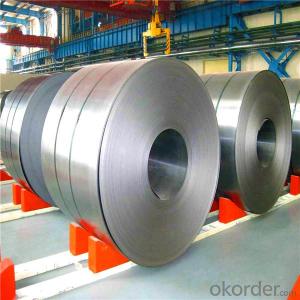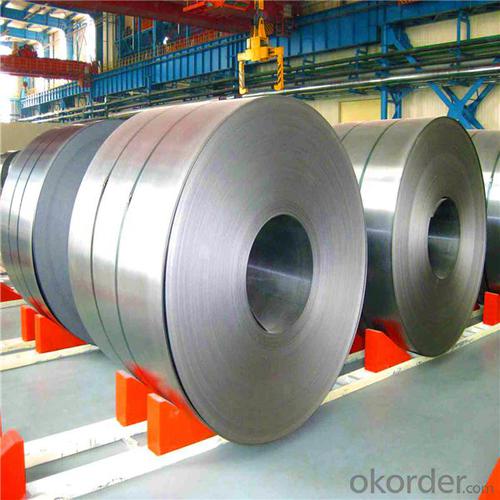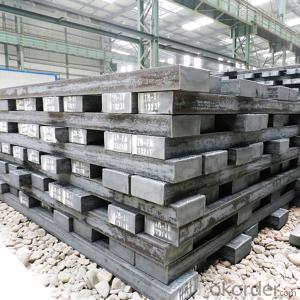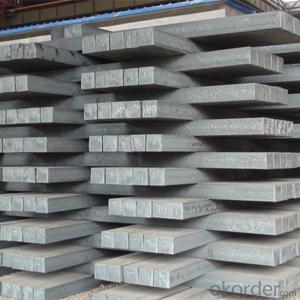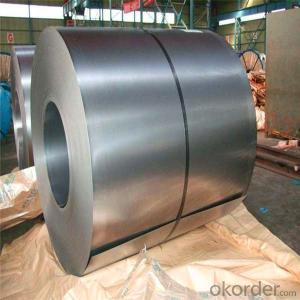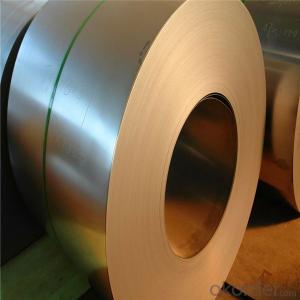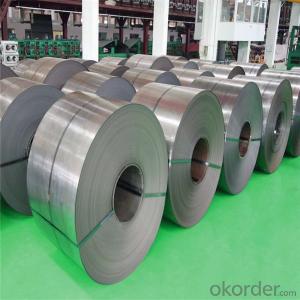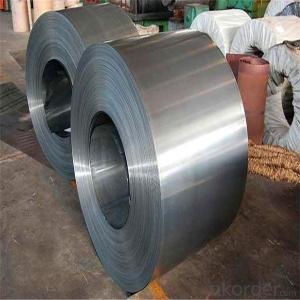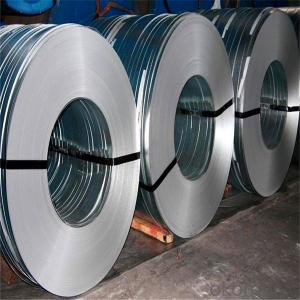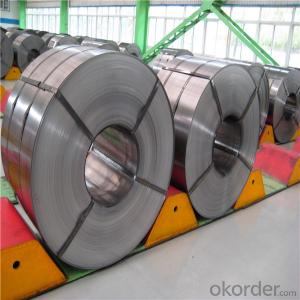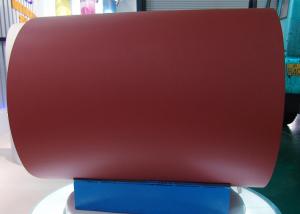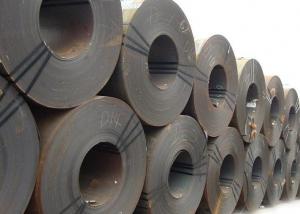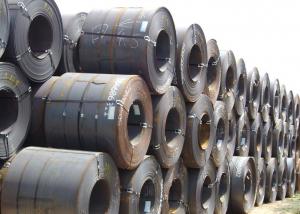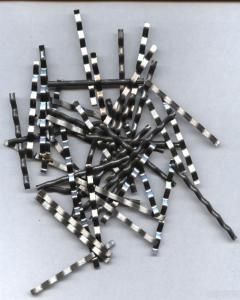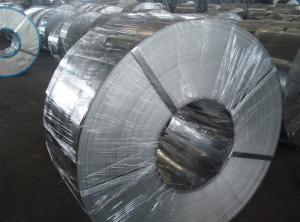Prime Quality Cold Rolled Steel Sheet/Coil
- Loading Port:
- China main port
- Payment Terms:
- TT OR LC
- Min Order Qty:
- 23 m.t.
- Supply Capability:
- 50000 m.t./month
OKorder Service Pledge
Quality Product, Order Online Tracking, Timely Delivery
OKorder Financial Service
Credit Rating, Credit Services, Credit Purchasing
You Might Also Like
Specification
Standard:
ASTM,GB,DIN,EN,JIS
Technique:
Cold Rolled
Shape:
Round
Surface Treatment:
Oiled,Dry
Steel Grade:
Q195,Q215,Q235
Certification:
ISO,SGS,CE
Thickness:
0.18mm-1.8mm
Width:
1000mm-1600mm
Length:
according to weight
Outer Diameter:
according to weight
Net Weight:
10MT
Packaging:
Standard Export Packing
Prime Quality SPCC Cold Rolled Steel Sheet/coil
Widely used to appliance,automobile industry or other decoration usage.
Certificate: ISO9001
Packing Details: Wrapped by water proof paper and plastic film.Covered with iron sheet,strapped by steel strips to protect the damage under transportation.
Details please check following format
Product Picture
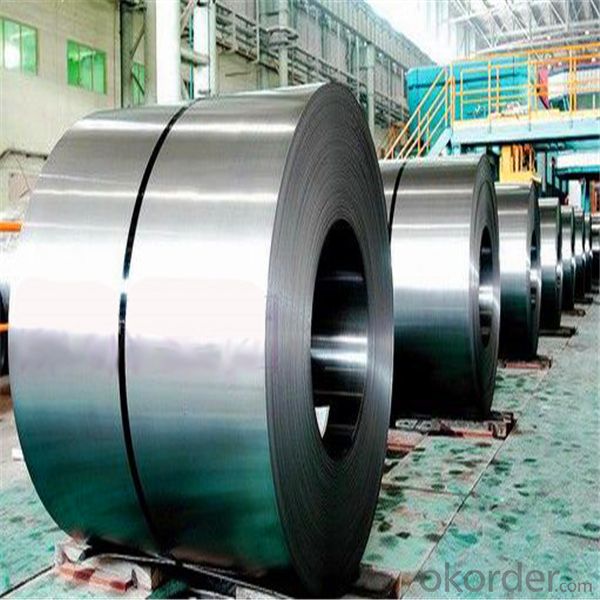
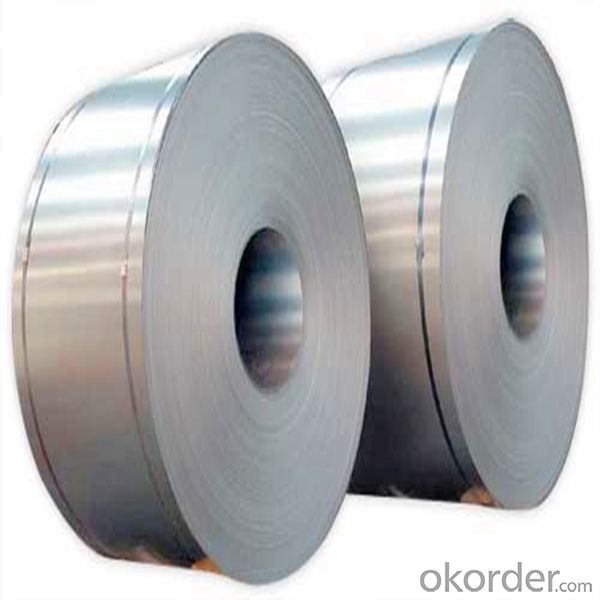
- Q: How is steel used in the production of marine equipment and vessels?
- Steel is used extensively in the production of marine equipment and vessels due to its strength, durability, and corrosion resistance. It is used to construct the hulls, decks, and superstructures of ships, as well as various components such as propeller shafts, rudders, and bulkheads. Steel's high tensile strength allows for the construction of large, sturdy vessels capable of withstanding harsh marine environments and rough seas. The corrosion resistance properties of steel are crucial in preventing damage from constant exposure to saltwater, ensuring the longevity and reliability of marine equipment and vessels.
- Q: How is steel used in the production of laboratory furniture?
- Steel is commonly used in the production of laboratory furniture due to its strength, durability, and resistance to corrosion. It is used to construct the frames and legs of laboratory benches, cabinets, and shelves, providing a sturdy and reliable support system. Additionally, steel is often used to create countertops and work surfaces, as its smooth and non-porous nature makes it easy to clean and maintain a sterile environment in laboratories.
- Q: How is steel used in the production of construction machinery and equipment?
- Steel is extensively used in the production of construction machinery and equipment due to its high strength, durability, and flexibility. It is used to manufacture the structural framework, frames, and chassis of machinery, providing stability and support. Steel is also employed in the fabrication of essential components like gears, axles, and hydraulic systems, ensuring efficient performance and longevity. Additionally, steel's resistance to corrosion and extreme temperatures makes it ideal for construction equipment that operates in harsh environments. Overall, steel plays a crucial role in enhancing the reliability and overall performance of construction machinery and equipment.
- Q: How are steel plates used in the fabrication of storage silos?
- Steel plates are used in the fabrication of storage silos as they provide strength, durability, and corrosion resistance necessary for containing and storing various materials. These plates are formed, welded, and assembled to create the cylindrical structure of the silo, ensuring it can withstand the weight of the stored materials and any external forces.
- Q: How can steel products be recycled?
- Steel products can be recycled by first collecting and sorting them based on their type and composition. The collected steel is then processed in recycling plants where it is melted down and reshaped into new steel products. The recycling process not only reduces the need for raw materials but also helps conserve energy and reduce carbon emissions associated with steel production.
- Q: How is steel wire rope strength tested?
- Steel wire rope strength is typically tested using a method called a tensile test. This involves applying a gradually increasing force to the rope until it breaks, allowing researchers to determine its maximum load capacity and overall strength.
- Q: What are the different types of steel coatings for corrosion prevention?
- There are several types of steel coatings available for corrosion prevention, including galvanized coatings, metallic coatings, organic coatings, and ceramic coatings. Galvanized coatings involve applying a layer of zinc to the steel surface to provide a protective barrier against corrosion. Metallic coatings, such as aluminum or zinc-aluminum, offer excellent corrosion resistance due to their sacrificial properties. Organic coatings, such as epoxy or polyurethane, create a protective film on the steel surface to prevent contact with corrosive elements. Ceramic coatings, like porcelain enamel or vitreous enamel, offer high resistance to corrosion, chemicals, and extreme temperatures. Each type of coating has its advantages and suitability for specific applications.
- Q: How is steel tubing used in heat exchangers?
- Steel tubing is commonly used in heat exchangers due to its excellent thermal conductivity and durability. It is employed to create the primary heat transfer surface within the heat exchanger, allowing efficient transfer of heat from one fluid to another. The steel tubing's high strength and resistance to corrosion ensure the heat exchanger's longevity and reliability, making it a preferred choice in various industrial applications.
- Q: What are the properties of corrosion-resistant steel for marine applications?
- Corrosion-resistant steel for marine applications possesses properties such as high levels of chromium and nickel, which provide excellent resistance to corrosion caused by saltwater exposure. It also has a protective oxide layer that forms on the surface, preventing further oxidation. Additionally, it exhibits high strength and durability, making it ideal for withstanding harsh marine environments.
- Q: What are the advantages of using stainless steel in food processing?
- There are several advantages of using stainless steel in food processing. Firstly, stainless steel is highly resistant to corrosion and rust, making it a durable and long-lasting material. This ensures that there is no risk of contamination from the equipment used in food processing. Secondly, stainless steel is easy to clean and maintain, allowing for efficient sanitation practices. It is also non-reactive, meaning it does not interact with the food being processed, preserving the flavor and quality of the food. Additionally, stainless steel has a smooth surface, reducing the risk of bacterial growth, and it can withstand high temperatures without warping or melting. Overall, the use of stainless steel in food processing ensures food safety, hygiene, and high-quality end products.
Send your message to us
Prime Quality Cold Rolled Steel Sheet/Coil
- Loading Port:
- China main port
- Payment Terms:
- TT OR LC
- Min Order Qty:
- 23 m.t.
- Supply Capability:
- 50000 m.t./month
OKorder Service Pledge
Quality Product, Order Online Tracking, Timely Delivery
OKorder Financial Service
Credit Rating, Credit Services, Credit Purchasing
Similar products
Hot products
Hot Searches
Related keywords
